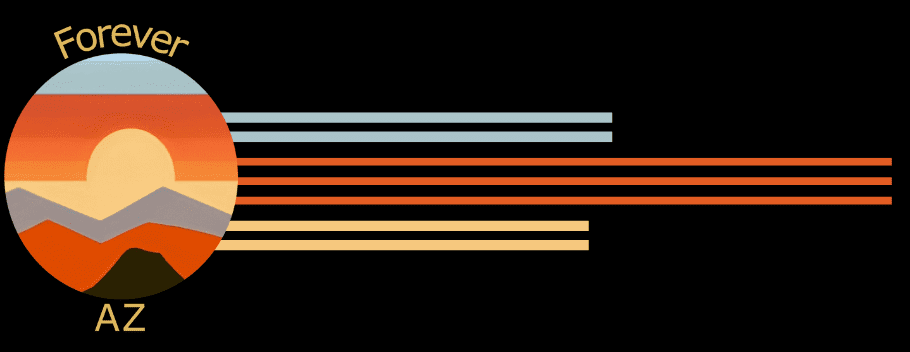The ancestral realms of the Southwest U.S., particularly the rocky terrains dotted with ancient dwellings, stand as a testament to the rich tapestry of cultures that once thrived here. Among these cultures were the Anasazi, whose presence has been surrounded by a mix of awe, mystery, and speculation. Delving deep into the oral traditions of the Navajo people, we uncover a perspective that not only throws light on the Anasazi way of life but also reflects upon the interconnectedness of various native tribes.
Origins and Influence of the Anasazi

According to Navajo teachings, the Anasazi, also known as the ancient ones, had a significant presence in the Southwest. These ancient people are thought to have worshipped the darkness, an inference drawn from the design and purpose of their ceremonial kivas, which were dark, enclosed chambers believed to be used for offerings and prayers to the darkness.
However, the Anasazi weren’t the sole inhabitants of this region. The Navajo oral traditions speak of the Pueblo people and the Cliff Dwellers, with the latter being especially significant in the Navajo’s historical narrative. The ancient cliff-dwelling people are believed to have played a pivotal role in the formation of many clan names that persist within the Navajo lineage.
The Anasazi Way of Life
The Anasazi’s societal structures and practices were distinct from those of the Navajo. A significant part of the Anasazi’s economy was allegedly based on slave trade. These slaves, who could range from young children to the elderly, were subjected to harsh treatment and were often depicted in remnants of pottery that have survived the ravages of time.
The architecture of the Anasazi is another topic of intrigue. They constructed walls with diverse designs, each potentially pointing to a different group within their society or perhaps a different captured tribe. Some walls bore logs and poles while others showcased intricate patterns using rocks. These walls weren’t always protective barriers; some, according to the Navajo teachings, were meant to confine people, likely the slaves.
The Decline of the Anasazi and Navajo Interpretations
The decline of the Anasazi civilization is shrouded in mystery. Navajo oral history paints a dramatic picture of this downfall. They believe that the Anasazi were ultimately destroyed by the Holy People due to their malevolent practices, such as human sacrifices. This divine wrath manifested in the form of nature’s fury, causing boulders to crash into dwellings and the lands to become barren.
When the Anasazi disappeared, they left behind remnants of their culture. The Navajo caution against mislabeling all ancient Puebloan structures as “Anasazi,” emphasizing the diversity of cultures that flourished in the region.
In Conclusion
The Navajo’s account of the Anasazi provides an invaluable lens into understanding the complex cultural mosaic of the ancient Southwest. Their oral traditions not only chronicle the past but also emphasize the importance of preserving these narratives for future generations. As one delves deeper into these stories, it becomes evident that the histories of the Anasazi and the Navajo are interwoven in ways that continue to resonate with the land’s present-day inhabitants.
FAQ: The Navajo Perspective on the Anasazi
The Anasazi, often referred to as “the ancient ones,” were a group that had a significant presence in the Southwest U.S. They are recognized by the unique structures they left behind and are an integral part of Navajo oral traditions.
According to Navajo teachings, the Anasazi are believed to have worshipped the darkness. This perspective stems from the design of the Anasazi’s ceremonial kivas, which were dark chambers possibly used for offerings and prayers.
The Cliff Dwellers were a people distinct from the Pueblo and the Anasazi. The Navajo oral traditions highlight their significance, especially in the creation of clan names within the Navajo lineage.
The Anasazi’s societal structures and practices were distinct. They reportedly engaged heavily in the slave trade, and their architecture showcased designs that could indicate different groups or tribes within their society.
The Anasazi constructed diverse walls, with some bearing logs and poles, while others used intricate rock patterns. Some of these walls were not just protective barriers but could also have been used to confine people, possibly slaves.
Navajo oral history suggests that the Anasazi faced divine retribution due to their malevolent practices, like human sacrifices. As a result, nature unleashed its fury upon them, leading to their decline.
The Navajo emphasize the importance of recognizing the cultural diversity of the Southwest U.S. They caution against mislabeling all ancient Puebloan structures as “Anasazi,” as there were multiple cultures that thrived in the region.
The Navajo perspective provides an invaluable lens into understanding the multifaceted cultural fabric of the ancient Southwest. It chronicles the intertwined histories of the Anasazi and the Navajo and underlines the significance of preserving these oral traditions.
According to the Navajo, the Anasazi engaged in practices such as human sacrifices, which ultimately led to their downfall.
Navajo oral traditions not only offer insights into the past but also underscore the need to preserve these stories for the future. These narratives illuminate the deep connections between various cultures, emphasizing the enduring bond with the land’s present-day inhabitants.
- Sacred Cacti: The Spiritual Uses of Peyote and San Pedro - June 18, 2024
- Mel’s Diner in Phoenix, AZ: A Nostalgic Journey Through Time - June 12, 2024
- The Hopi Prophecy: Ancient Predictions for Modern Times - May 22, 2024
